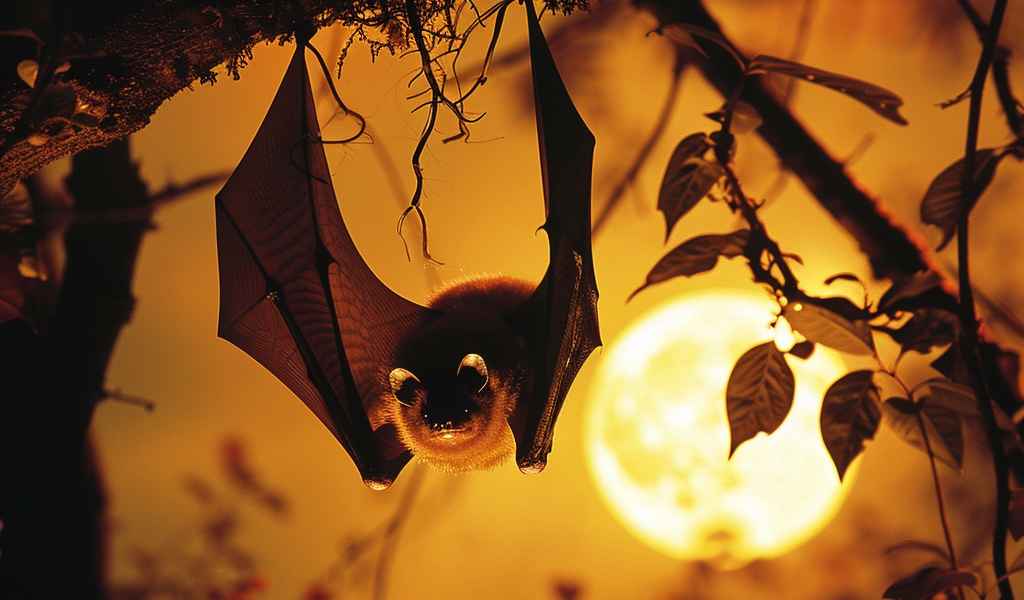As Halloween approaches, the longstanding association between bats and this spooky season is more relevant than ever. For centuries, these nocturnal creatures have been linked to myths and superstitions, often portrayed as harbingers of death. However, the reality for bats in North America is far more concerning; they are grappling with a perilous threat from a fungal disease known as white-nose syndrome.
This devastating condition has been wreaking havoc on bat populations across the continent for nearly two decades. White-nose syndrome, caused by the fungus Pseudogymnoascus destructans, primarily affects hibernating bats. The fungus invades the skin of bats while they are in a state of torpor, leading to severe health complications and often resulting in high mortality rates.
Since its discovery in New York in 2006, white-nose syndrome has spread rapidly, impacting various species of bats, including the little brown bat and the northern long-eared bat, both of which are now listed as endangered. The disease has not only led to significant declines in bat populations but has also raised alarms among wildlife biologists and conservationists who recognize the crucial role bats play in our ecosystem.
Bats are essential for maintaining the balance of many ecosystems, as they are natural pest controllers. A single bat can consume thousands of insects in one night, helping to manage pest populations and reduce the need for chemical pesticides in agriculture. The decline of bat populations due to white-nose syndrome could thus have far-reaching implications for both natural ecosystems and agricultural practices.
In response to this crisis, scientists and researchers are actively seeking ways to combat the spread of white-nose syndrome. Efforts are underway to understand the biology of the fungus and its interaction with bat physiology. Researchers are exploring various strategies, including developing vaccines and antifungal treatments that could be administered to affected bat populations.
Additionally, conservationists are working on habitat protection and management strategies to help support bat populations. This includes monitoring hibernation sites and ensuring that these locations are preserved and protected from human disturbances, which can exacerbate the spread of the disease.
Public awareness campaigns are also being launched to educate people about the importance of bats and the threats they face. By fostering a better understanding of these creatures and their ecological significance, advocates hope to garner support for conservation efforts and encourage the public to take action to protect bat habitats.
As Halloween festivities get underway, it is essential to remember that the bats we often see as symbols of fright are also facing a real and deadly challenge. The plight of North American bats serves as a reminder of the intricate connections within our ecosystems and the urgent need to protect our wildlife.
With continued research and conservation efforts, there is hope for the future of bats in North America. As scientists work tirelessly to find solutions to the challenges posed by white-nose syndrome, the collaboration between researchers, conservationists, and the public will be crucial in ensuring that these vital creatures can thrive once again.
In the face of adversity, the resilience of nature often shines through, and with collective efforts, it is possible to turn the tide against this devastating fungal disease.





